The HTC 10 Review
by Joshua Ho on September 19, 2016 8:00 AM ESTSoftware UX: HTC Sense
Ultimately, one of the major points of differentiation between Android devices is the software experience. While “stock Android” is an excellent base, there is a lot of room for differentiation here. Something as simple as the launcher lacks a weather clock, and while you can argue that end users are going to install their own widgets and apps, there are a lot of users that are never going to do anything other than install Facebook, Snapchat, and some other cursory applications and have zero interest in smartphones as anything other than an appliance. Even if you do enjoy adding your own launcher and similar customizations, it’s also nice to be able to have a phone that does most of everything that you want it to out of the box without the need to unlock the bootloader and start flashing custom kernels to fix issues like RAM management. It’s also nice to not have to immediately download themes or something similar.
In the case of HTC, they’re no strangers to customizing the OS of their devices. TouchFLO has been around since the days of Windows Mobile, and with Android they’ve been shipping HTC Sense in some shape or form for pretty much every device they’ve shipped. With the HTC 10, HTC has finally gotten around to redesigning Sense to better fit Android design guidelines that have evolved since Lollipop. While internally this seems to be “Sense 8”, outwardly HTC is no longer attaching version numbers to emphasize more strongly that design and functionality is more or less continuously updated as almost all major components of HTC Sense are now updated through the Play Store rather than in large chunks with OTAs.
With the launch of the HTC 10, in addition to design changes HTC has greatly changed their philosophy with how they modify Android. Rather than attempting to replace all Google applications with HTC’s, the shipping software generally only contains HTC apps where they make sense and Google applications where they don’t. A pretty good example of this is dialer/contacts application. With Google’s version of the dialer, the contacts section is fairly basic. You’re able to see some phone numbers but there’s no ability to control whether the same person across multiple accounts can be merged together, and you can’t decide whether to show or hide contacts without a phone number. The HTC variant of this application is just more powerful as you can manage contacts in meaningful ways.
Similarly, the HTC Messages app manages to retain a lot of the Material Design that a user would expect from Android, but unlike the Google Messages or Hangouts app there are extra features like SMS backup and restoration, as well the ability to password protect messages, automatically block messages from certain recipients, and automatically delete messages to reduce storage consumption if needed. These sorts of things can be found in Play Store applications, but actually bothering to go search for one that doesn’t abuse permissions to mine personal data or spam ads with decent design is a decent amount of effort. While HTC’s application doesn’t do any fancy integration with Facebook Messenger, Hangouts, or any of the other popular IM services for SMS and MMS it’s a well-designed application that does exactly what it needs to do.
I can keep going here but the general idea is the same whether we’re talking about the camera app, clock app, weather app, Blinkfeed, or HTC Mail. Generally speaking, when HTC makes an app to replace the stock Google app it’s done for reasons that actually make a lot of sense. However, the other side of execution is choosing not to ship HTC apps in certain cases, and generally speaking HTC does make the right call a lot of the time. Something like HTC Calendar might be nice to have if you have a use case that Google Calendar doesn’t cover, but in my experience most people aren’t going to really use it. HTC has elected to leave their Calendar application off the device altogether to try and simplify the experience, but for people that want the HTC app it’s still available on the Play Store, which is a good move to make.
HTC is generally going in the right direction here, but I would be remiss to point out at least a few cases where they don’t get the balance right. One example of this is not shipping Snapdragon Browser. While there are publicly available builds of Snapdragon Browser, it’s unlikely that the general public will search around to find a good build. It’s an unfortunate fact of the Android world that Google continues to not optimize Chrome sufficiently in Android, and as a result there’s a major disparity between browser speed between iOS and Android devices even before we get to deltas in single thread CPU performance that are disproportionately felt in Javascript-intensive websites. HTC Internet as nothing more than a simple reskin of Snapdragon Browser updated regularly on the Play Store would be useful even if Chrome remained the only browser on the shipping ROM.
While Chrome is just one app, there are a few other cases where HTC should continue to make their version of the application available on the Play Store like HTC Music and HTC Gallery as Play Music and Google Photos are honestly not that performant and are somehow more confusing to navigate than the HTC applications as they are either cloud-targeted in the case of Google Photos or part storefront and part music player in the case of Play Music. HTC has mostly gotten things right here, but they cut a little too far in the process.
Although app functionality, selection, and design has been the primary focus of the discussion thus far it’s important to also talk about overall design and performance. HTC’s emphasis with Sense this go around has been meshing with Android rather than trying to make it into a new operating system, and for the most part they’ve succeeded. If I use the Nexus 5 for a few days and come back to the HTC 10, there’s nothing about the UI that is unexpected in how it behaves even though Sense has a distinctly different UI. The HTC 10’s software experience in general is also extremely smooth, to the extent that it feels a lot like the Nexus 5 in terms of speed. I keep referring back to the Nexus 5 here, but it remains one of the smoothest Android devices I’ve ever used when it isn’t bottlenecked by storage or some other hardware.
While performance and UI design are generally well-executed, there are some cases where the HTC 10 falls short. A pretty easy example on the performance side is just loading up the dialer and using the tabs to navigate around rather than swiping one panel at a time. It’s pretty easy to get the dialer to start dropping frames aggressively when you do this, and it can also happen in the weather app so I suspect this may just be poor optimization as trying the same thing while rapidly swiping through each panel is as fluid as I’d expect.
Other issues here include the auto brightness, which is arguably a case of HTC going too far in their efforts to make Sense blend with Android. I would argue that auto brightness is fundamentally supposed to eliminate the need for the user to ever manually set brightness, but for whatever reason both Google and HTC don’t do this in their auto brightness UIs, rather just setting a limited range that auto brightness acts in and requiring the user to manually adjust this range for both extremely bright and dim situations. HTC shouldn’t be emulating Google here, and really the only thing that an adjustable slider for auto brightness should be doing is adjusting behavior of auto brightness between two endpoints which should never change. It’s at least mildly ridiculous that I have to adjust brightness every time I walk outside or walk into a dark room when auto brightness is enabled. This is a little bit better as of 1.90, but this is really only true when it comes to outdoor conditions rather than low-light conditions.
Another area where HTC seems to doing some strange things is the quick settings drawer. While it’s admirable to see that HTC is no longer spending design time on something that generally doesn’t need changing, it is at least somewhat irritating that there’s no ability to customize the tiles or order of the quick settings drawer, which is at least somewhat baffling as Google has included this functionality in the form of System UI Tuner for a while now. HTC has gone through the effort of implementing the ability for users to design and share themes, so it’s weird how they missed something relatively simple by comparison. Another weird UI quirk I've noticed across multiple OTAs is how the volume controls don't automatically hide themselves unless you tap on the display, but this is relatively minor in the grand scheme of things.
Overall, while there are niggles here and there, HTC has done a great job with Sense on the HTC 10. While those that want stock Android for the sake of purity might not be happy, for most people HTC Sense is going to be one of the best OEM UIs on Android. HTC generally only adds applications in areas where it makes sense to and keeps the user experience fast and smooth. The UI fits well with Android applications and follows Android conventions for design and navigation as well. There are only a few cases where I really feel like there is a need to improve, compared to a long laundry list of problems that I’ve seen in a lot of other OEM UIs. With this update I would argue that Sense is now one of the best OEM UIs on the market, and when we’re increasingly seeing commoditization of hardware HTC still has some differentiation here, to the extent that it does affect how it compares to other devices overall.


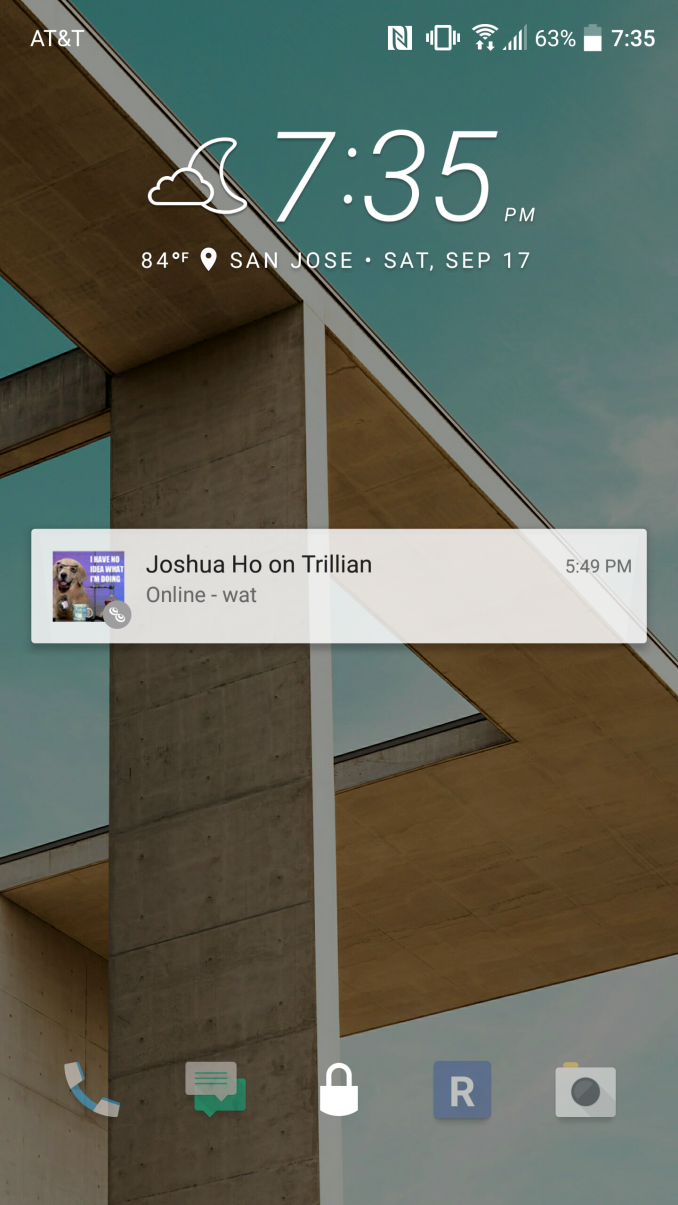
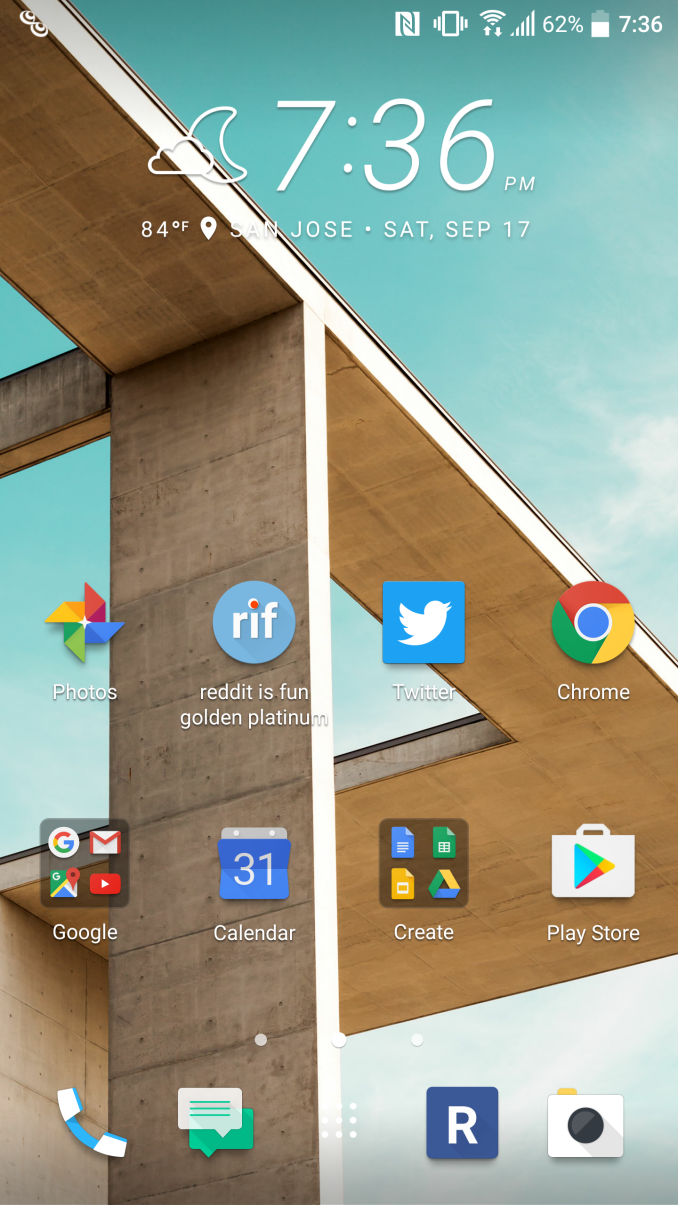
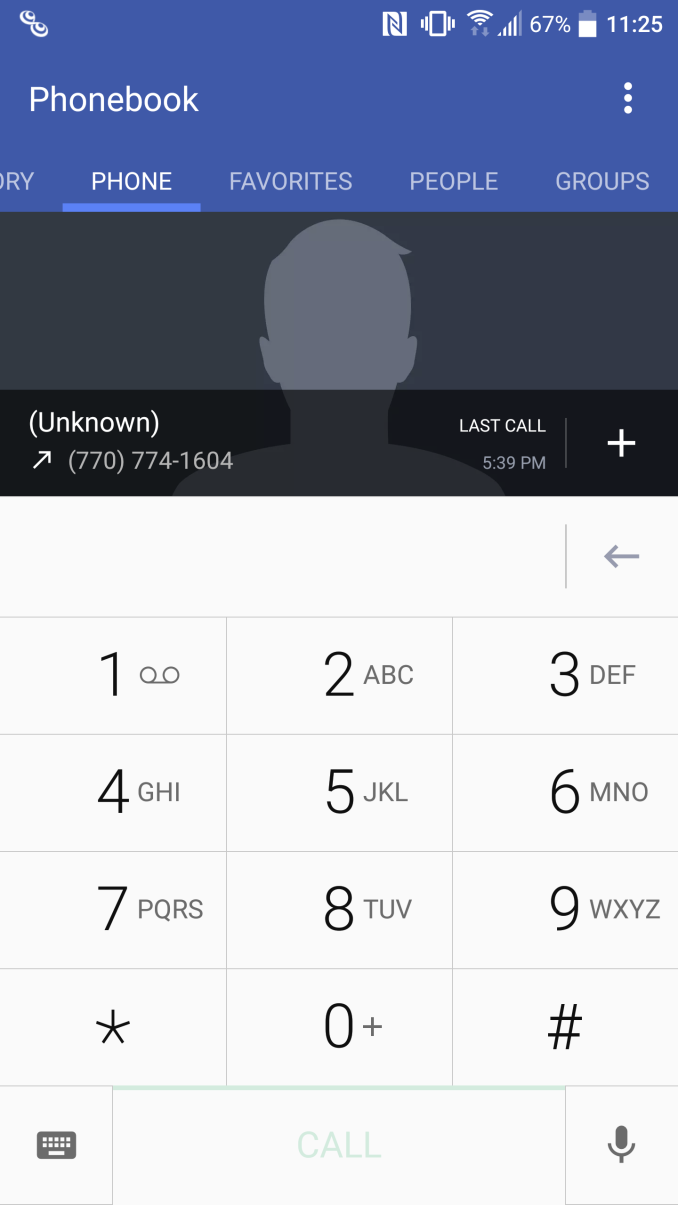
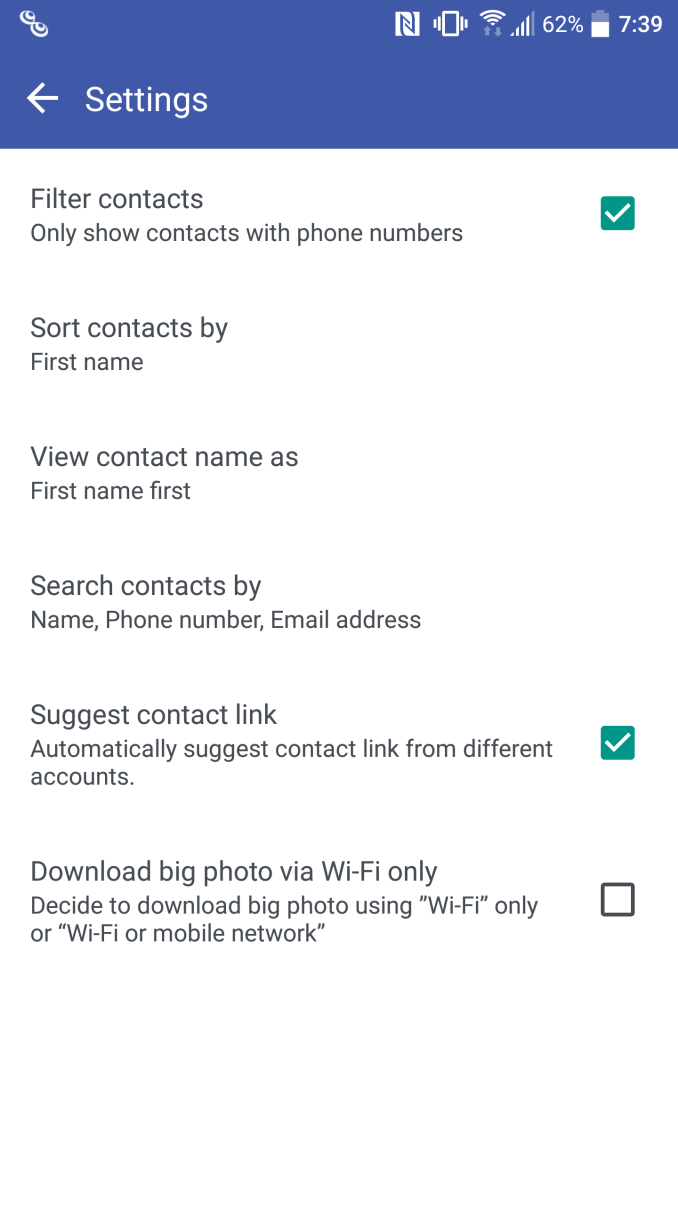
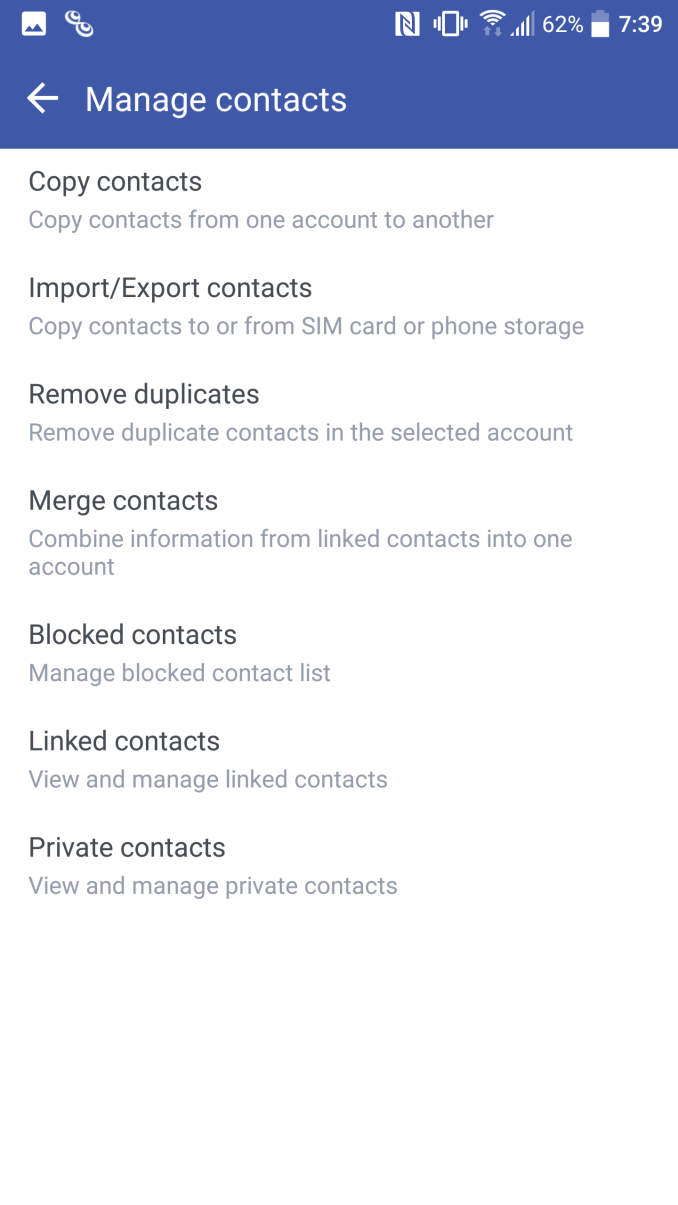
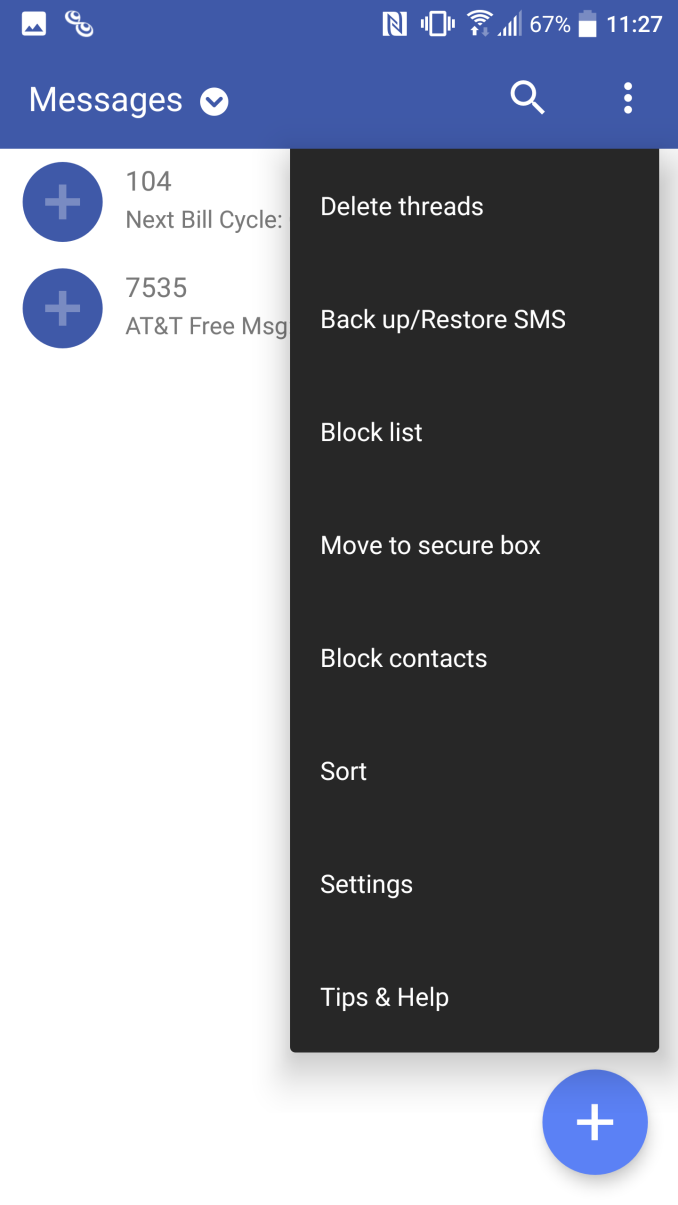
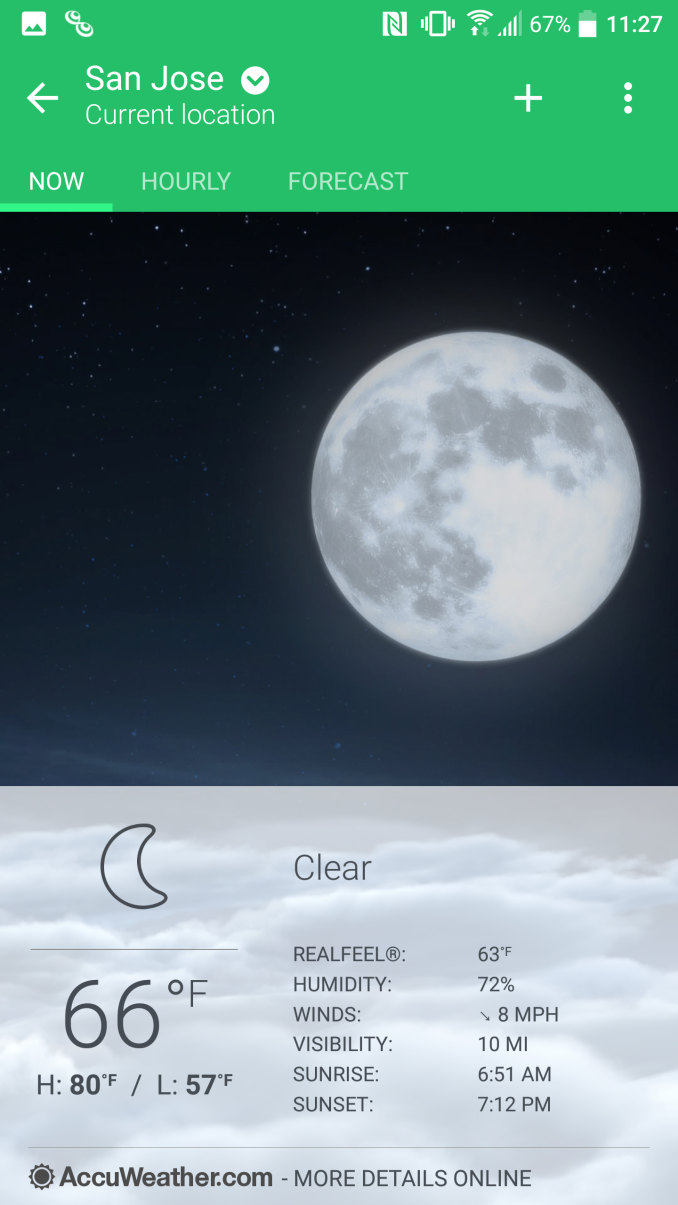

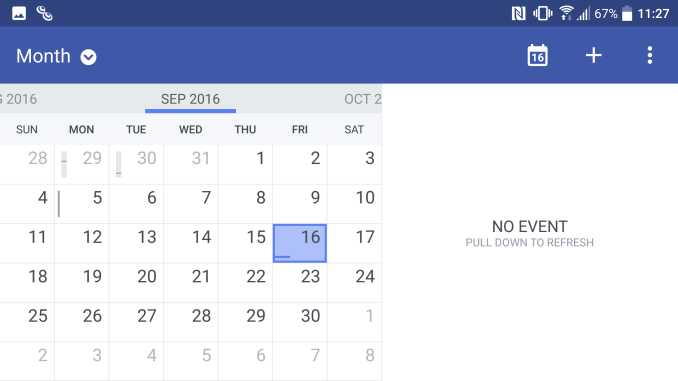

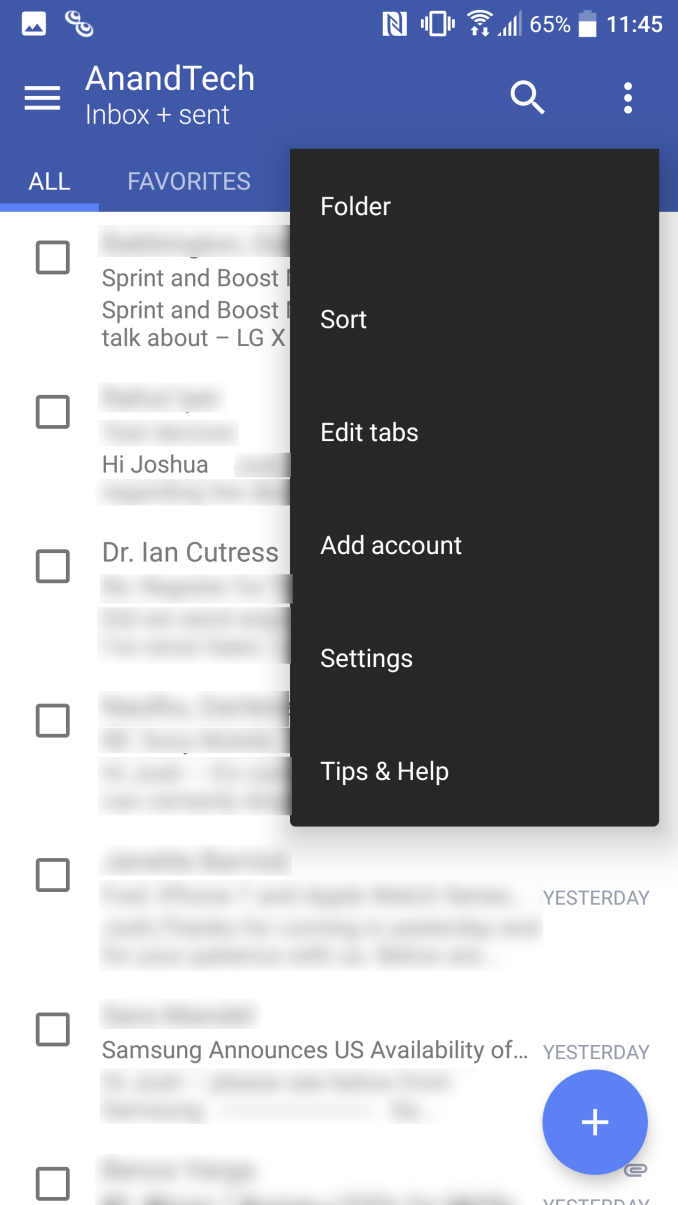
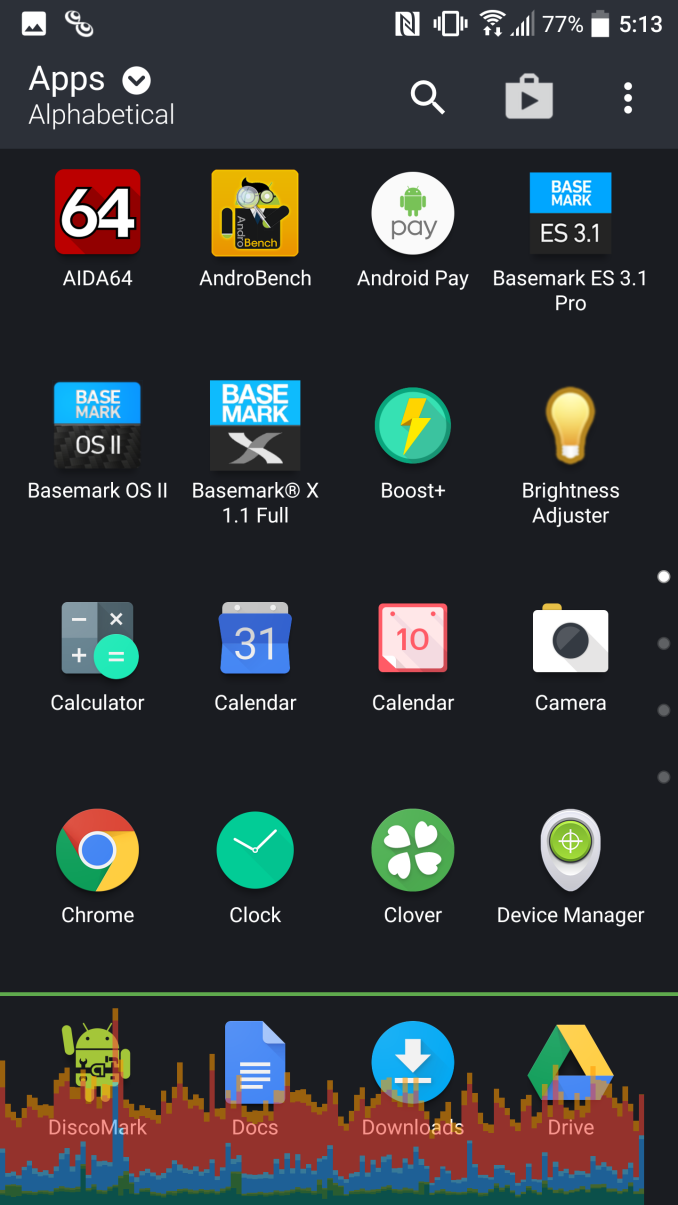
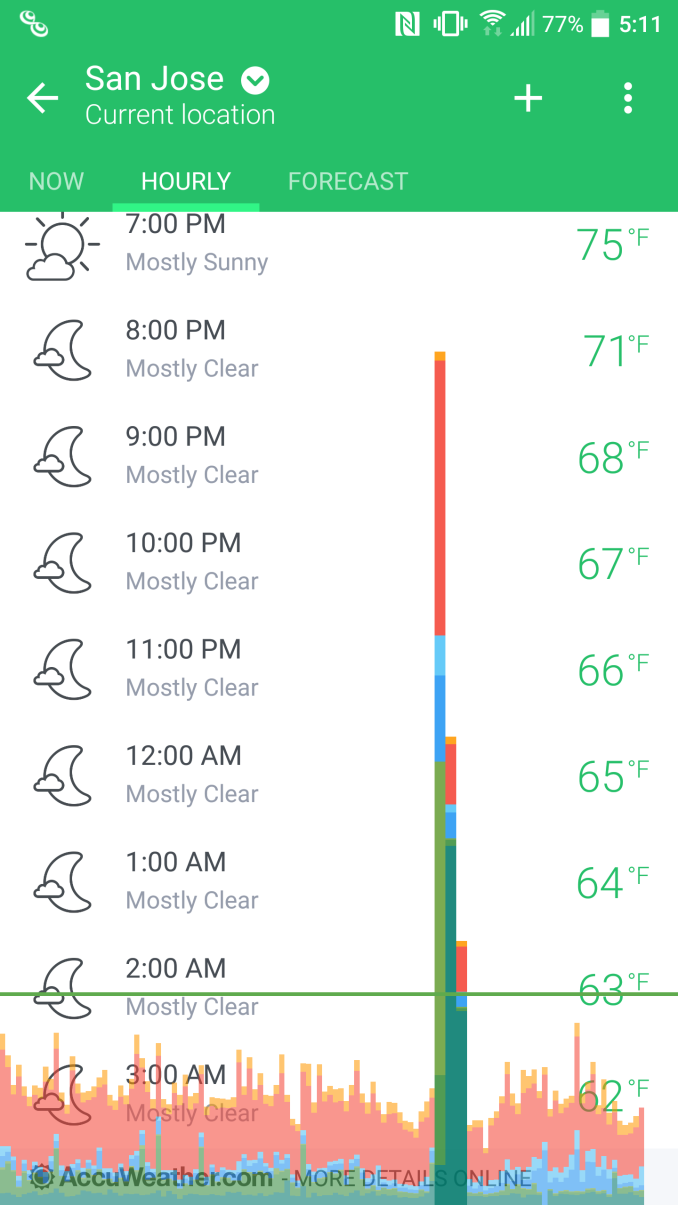
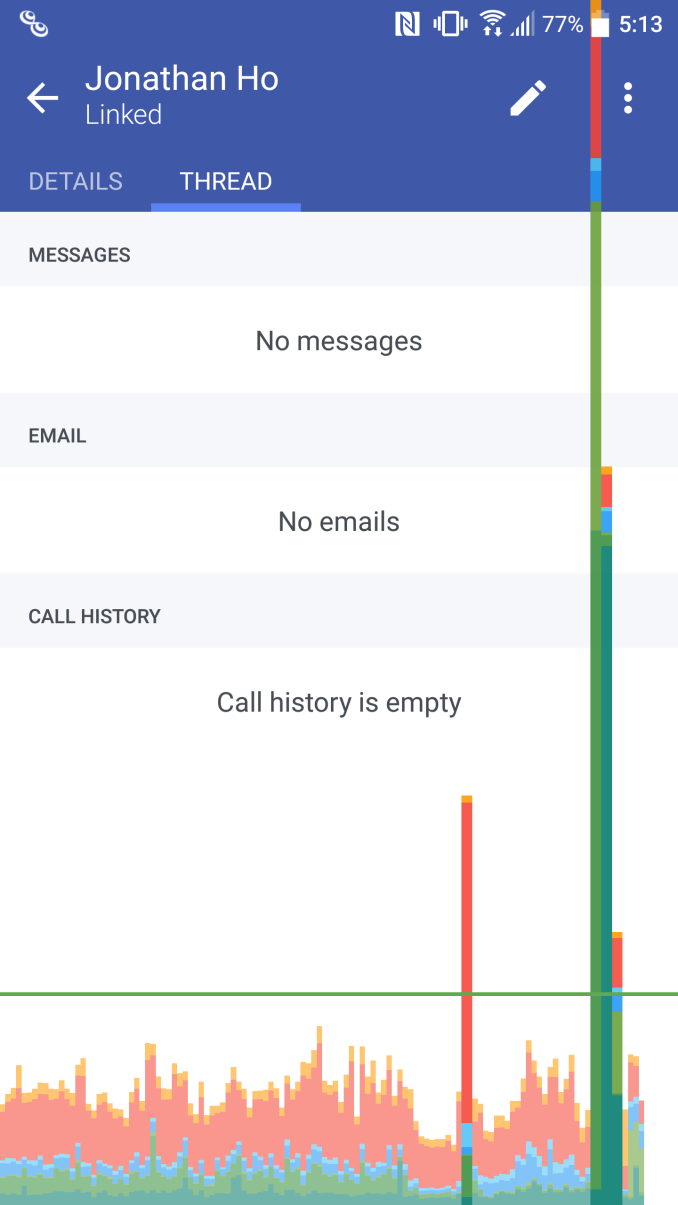
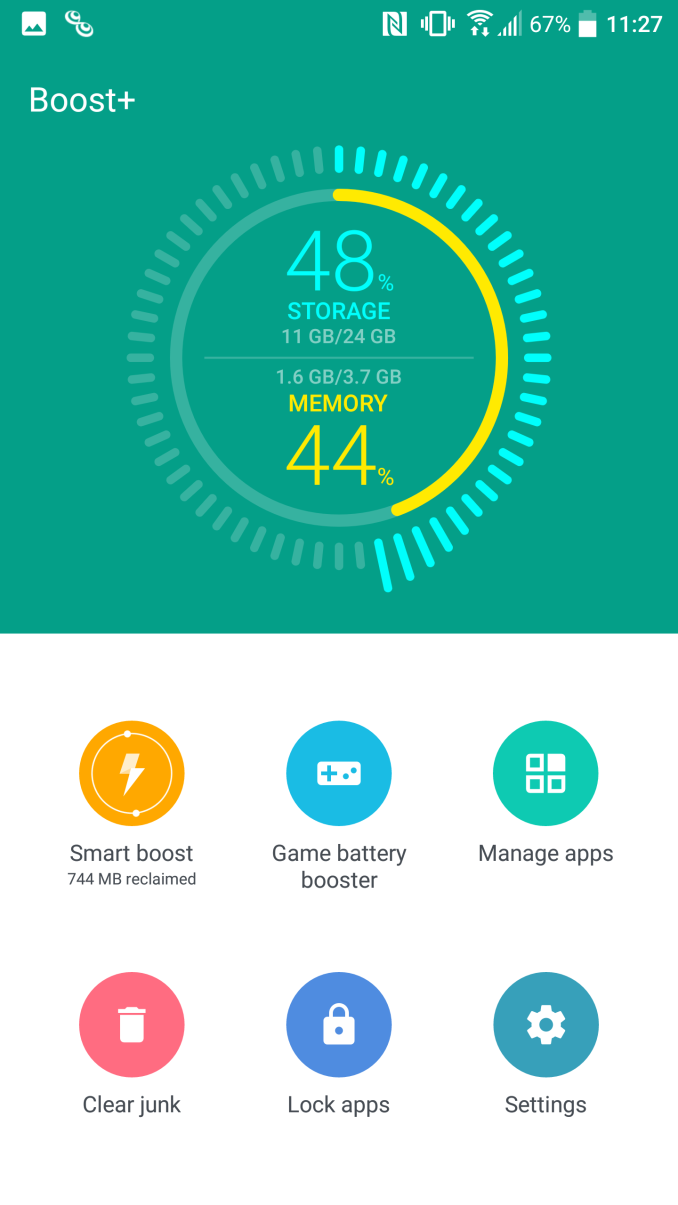


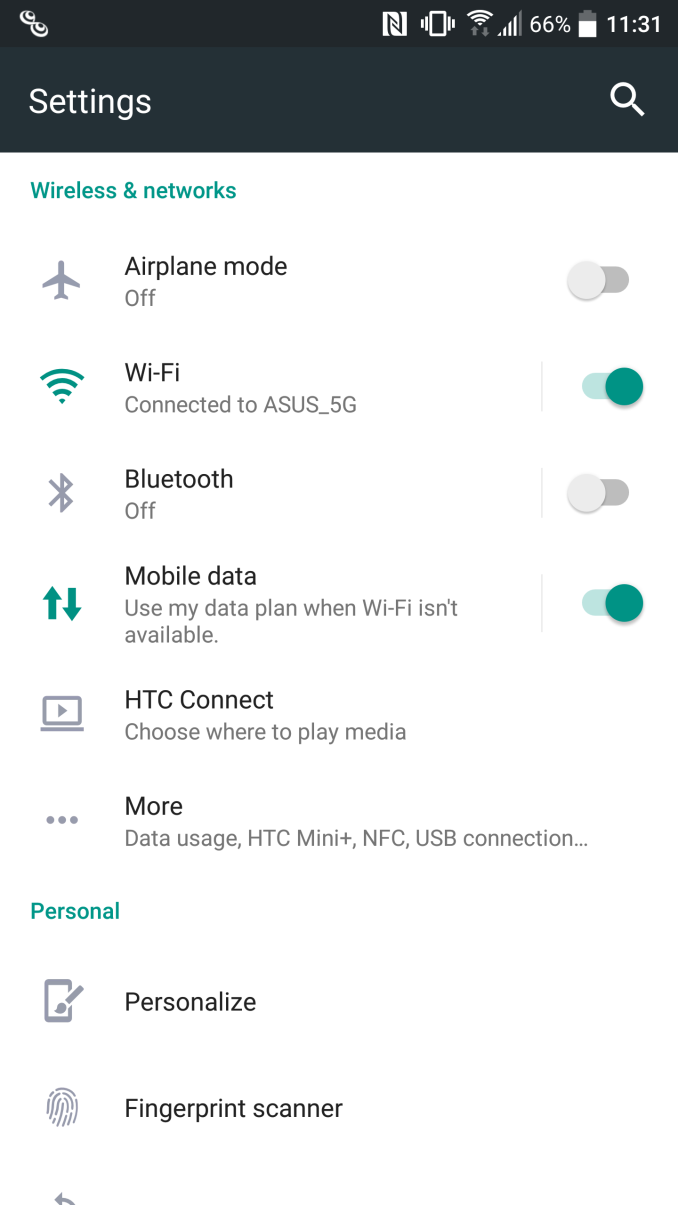
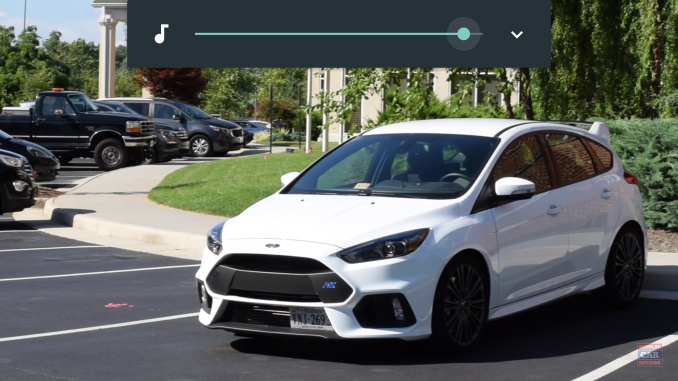








183 Comments
View All Comments
Zoomer - Thursday, September 22, 2016 - link
It's not ten times better in the way that a BMW M7 isn't ten times better than a Tata Nano. That doesn't make it vastly better than a BLU.ACM.1899 - Friday, September 23, 2016 - link
i meant if your LCD, Speakers,Buttons, antennas, Charging circuit ... maintain their quality in long term. AND how REPAIRABLE it is.or more importantly Battery.
or the Rom lasts longer before becoming laggy. or how manufacturers support the phone or developers with their custom roms.
ACM.1899 - Friday, September 23, 2016 - link
not the best example though , but i see your point..because almost everybody can afford the best smartphone and when spending a lot of money , he/she would rather not to spend anytime soon.
like you buy shoes ; you can spend 150$ (50+50+50, three new cheap shoes every year) or 150$ (good quality shoes) every 3 years.(fixed prices and incomes)
ACM.1899 - Friday, September 23, 2016 - link
and of course it depends on how you use it.if you run a lot then you need good shoes.but if you just dial and text then a nokia 3310 is more than enough for you.
techconc - Monday, September 26, 2016 - link
I have no issue with you feeling good about your $60 phone. That's great. I'm truly happy for you. That said, your claim that purchasing high end phones isn't sustainable is provably incorrect. For many people, the smartphone is the computing device that people use for the better part of the day. It shouldn't be difficult to understand that even people with lower income would choose to indulge on this particular product category.Impulses - Thursday, September 22, 2016 - link
Glad you put this review out Josh, having read it I'm a little more inclined to pick a 10 up if the Pixels disappoint me... Despite all the enthusiast belly aching, people tend to keep phones longer those days and are thus much more likely to pick up a flagship model later in it's cycle.Shoot, I went thru three phones in three years (all HTC) before finally keeping one longer than that, still clinging to my N5... Not using my phone for gaming or as my primary camera has really made things like battery life, software, general design, and unique features the biggest differentiators.
Good old N5 got at least two of those right, really starting to want something with better battery life even after a cell swap and wireless chargers all over the house... Gotten quite used to those tho, hoping the Pixel's glass back means it's back in.
nukmichael - Sunday, September 25, 2016 - link
Why NFC looks still active in the battery test ?? Shouldn't be closed?DaFireStorm - Tuesday, September 27, 2016 - link
Great review. I use an HTC 10 and have become of the WiFi woes of this device but I think this may be the only review to have picked up on the WiFi problems.Badelhas - Tuesday, October 17, 2017 - link
Hi there. I just upgraded from the M8 and the wifi is not Wi-Fi range is very weak, used to be able to watch videos on the bedroom or kitchen and now it's impossible. Am I the only one? Is there anything we can do to fix it?Cheers
axcelred - Tuesday, November 22, 2016 - link
Thank you for this review, it really helped me make a decision. I was looking at so many midrange and high end flagship phones but wanted an overall good experience and low light camera as my main point to shoot. Mainly in home or social gathering use that has mid to subtle lighting and can pick up details in the shadows with less noise. Coming from a camera on a Lumia, it's hard to let go ir find something that performed similarly. With the current Black Friday 2016 - 200 dollars off, I purchased one; everything in the price range of 399-499, didn't have great reviews for these conditions and even some of the higher end phones. It may not be the fastest or have the latest processor, but it is stable, solid, and has a great community from HTC's commitments and XDA surrounded it and that is important. Really appreciate this and the in-depth reviews this site provides.